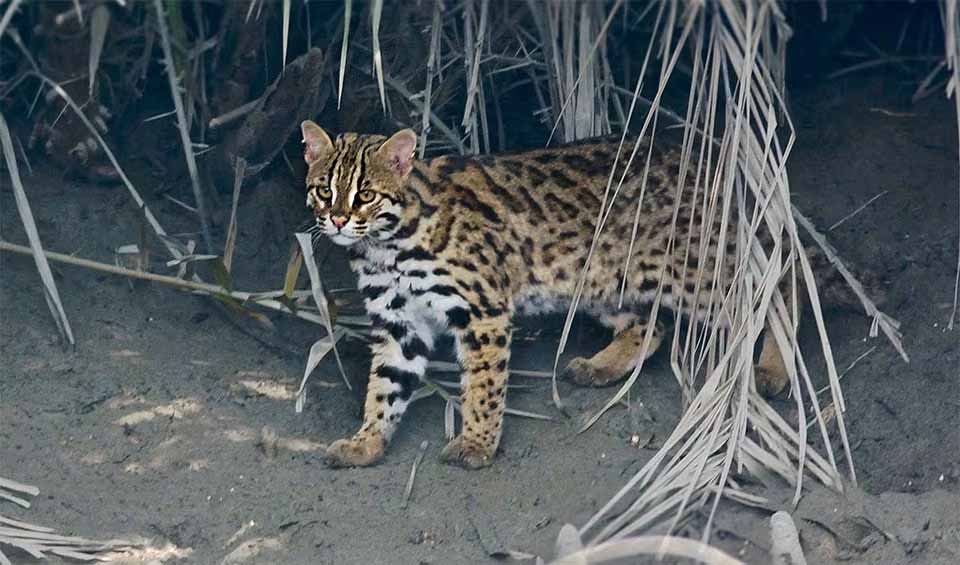Prionailurus – Asian wild cats
Forest-dwelling spotted small cats of tropical Asia
These cats, native to the lush and diverse ecosystems of South, Southeast, and East Asia, while smaller than some of their larger feline cousins, are adept and formidable predators, perfectly adapted to their environments. Their habitats range from dense, verdant tropical forests to mangrove swamps and mountainous regions, showcasing their remarkable adaptability.
Asian wild cats, including the well-known Bengal cat (Prionailurus bengalensis), the fishing cat (Prionailurus viverrinus), and the leopard cat (Prionailurus bengalensis), among others, lead solitary lives. Solitude is a hallmark of their existence, with each cat maintaining and fiercely defending its territory from intruders. This territorial behavior is common among felines and is crucial for their survival, ensuring they have enough resources to sustain themselves. Territories are marked with urine or other scent marks, warning others to stay away.
These cats exhibit a predominantly nocturnal lifestyle, a behavior that allows them to exploit a niche where competition from other predators is minimized. During the day, they find solace in the dense cover of vegetation, thickets, or high up on tree branches, emerging at dusk to embark on their nightly hunts. The dense vegetation not only provides them with shelter but also ample opportunities to stalk their prey.
Dietarily, Prionailurus cats are obligate carnivores, with their diets varying by species and habitat. Some, like the fishing cat, have specialized in piscivory, demonstrating remarkable skill in catching fish from streams and ponds. Others prey on a variety of terrestrial animals, including small mammals, snakes, lizards, and birds, as well as aquatic creatures like crustaceans and frogs. This dietary flexibility underscores their role as integral components of their ecosystem, acting as both predators and, in turn, prey to larger carnivores.
Species in this genus
Flat-headed cat
Known to wash their food before eating it to remove any unwanted debris
Fishing cat
Only look cuddly and cute; these cats can be very aggressive!
Rusty-spotted cat
Meet the smallest wild cat in Asia but don’t be fooled by its cute looks – this feline is a skilled predator
Leopard cat
A skilled predator with a unique coat and playful personality





